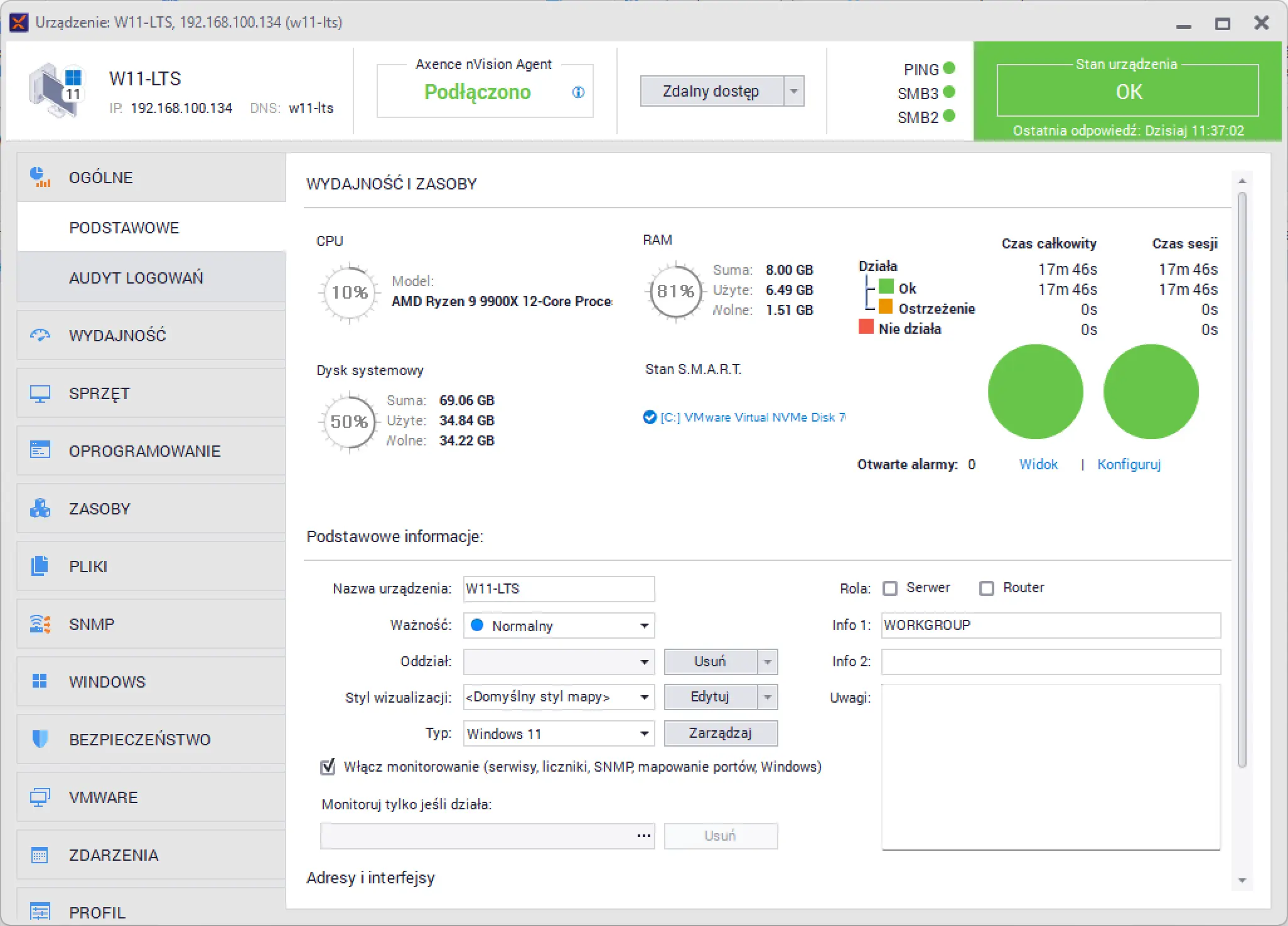In the digital age, usernames are more than just a gateway to online platforms; they serve as digital fingerprints, potentially revealing insights into an individual’s activities, preferences, and digital footprints. With the advent of tools like Maigret, Sherlock, and WhatsMyName, the possibility of tracing personal activities through usernames has become more accessible. However, this approach requires careful consideration and verification due to the potential for multiple users to share the same username. This article explores these tools and underscores the importance of additional verification in the process.
Understanding the Tools
Maigret
Maigret is a powerful tool designed to collect a vast amount of information from a username across more than 2000 social networks and websites. It generates detailed reports that can uncover a person’s presence on various platforms, potentially indicating their interests, social circles, and online behaviors.

Sherlock
Sherlock, another tool in the investigator’s arsenal, searches for usernames across many social networks. It checks for the existence of accounts with the same username, offering clues about a person’s online presence and activities.

WhatsMyName
WhatsMyName, much like its counterparts, focuses on finding usernames across multiple websites. It can reveal where an individual spends their time online, what communities they are part of, and their potential interests based on the platforms they use.

The Need for Verification
While these tools offer a window into an individual’s online persona, they come with a significant caveat: the possibility of username duplication. Unlike real-world identifiers such as social security numbers, usernames are not unique across the entire digital landscape. This lack of uniqueness means that identifying personal activities based solely on usernames can lead to inaccurate conclusions. For instance, the username “JohnDoe” might be used by different individuals on Twitter, Reddit, and Instagram, leading to a mixed and misleading profile if all activity is attributed to a single person.
Strategies for Verification
To mitigate the risks associated with username duplication, several verification strategies should be employed:
- Cross-Verification of Information: Look for overlapping details across platforms, such as linked email addresses, profile pictures, or consistent naming patterns, to confirm the identity of the user.
- Contextual Analysis: Consider the context of the posts and activities associated with the username. Details like language use, topics of interest, and engagement patterns can help distinguish between users with the same username.
- Direct Confirmation: Whenever possible, seek direct confirmation of identity. This could be through other publicly available information or, in some cases, direct contact.
Tools like Maigret, Sherlock, and WhatsMyName have opened up new possibilities for understanding individuals’ online behaviors and activities through their usernames. However, the challenge of username duplication necessitates a cautious approach. By employing thorough verification strategies, researchers and investigators can more accurately interpret the digital trails left behind by usernames. Remember, the digital persona we construct through our usernames is a mosaic of our interests, activities, and interactions online. Deciphering this mosaic requires not only the right tools but also a keen eye for detail and an understanding of the complexities involved.
Enhancing Credibility Through Direct Identifiers
While tools like Maigret, Sherlock, and WhatsMyName provide valuable insights through usernames, the analysis becomes significantly more credible when matching direct identifiers such as phone numbers or email addresses to profiles across different websites and social media platforms. These identifiers offer a more concrete link to an individual’s online presence, reducing the ambiguity associated with username duplication.
One example of a tool that excels in this domain is provided by OSINT Industries, which specializes in aggregating data from various sources to help in the identification and verification process using email addresses and phone numbers. This method ensures a higher level of accuracy in attributing online activities to the correct individual. By leveraging such tools, investigators can paint a more accurate and detailed picture of a person’s digital footprint, enhancing the reliability of their findings.
This approach underscores the importance of using direct and unique identifiers in online investigations. While usernames can provide a starting point, the integration of phone numbers and email addresses as key identifiers offers a more solid foundation for analysis. It’s a reminder that in the realm of digital investigations, the quality and specificity of the data used are crucial in drawing meaningful and accurate conclusions.
To be continued…
In an upcoming OSINT Quest article we will dive deep into a case study that showcases the practical application of OSINT Industries during an investigation. This detailed exploration will highlight the tool’s efficacy in uncovering digital footprints and piecing together a subject’s online persona using direct identifiers. Through this case study, readers will gain insights into the methodology, challenges, and successes of employing OSINT techniques in real-world scenarios, offering a comprehensive look at the investigative process from start to finish.


















